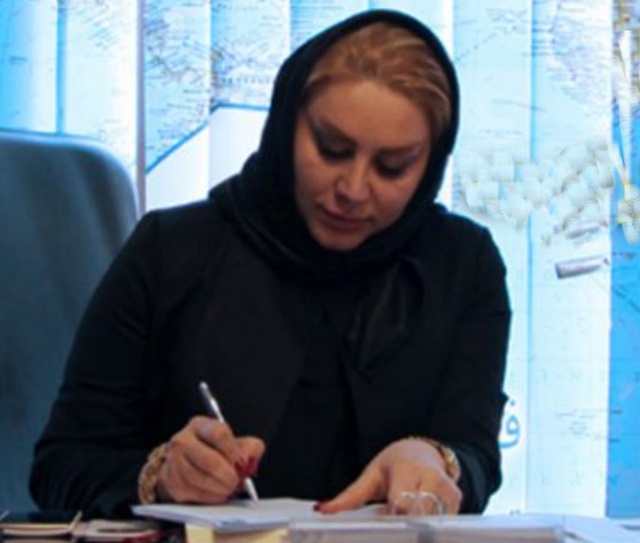Practical training — such as internships, workshops, and on-camera practice — helps aspiring presenters gain confidence and learn the technical aspects of broadcasting. Professional development doesn’t stop once a presenter lands a role. Continuous learning is essential, especially in an industry that evolves with every technological advancement. Presenters often train in voice modulation, body language, teleprompter reading, and audience engagement. Many also develop secondary skills such as content writing, editing, and social media management, allowing them to adapt to the expanding digital media landscape.
In recent years, the importance of diversity and representation in television presenting has gained significant attention. Audiences today expect to see presenters who reflect the variety of cultures, backgrounds, and perspectives that make up society. Representation helps create inclusive programming and allows viewers to feel seen and heard. The presence of diverse presenters — in terms of ethnicity, gender, age, ability, and identity — enriches television content and fosters cross-cultural understanding.


